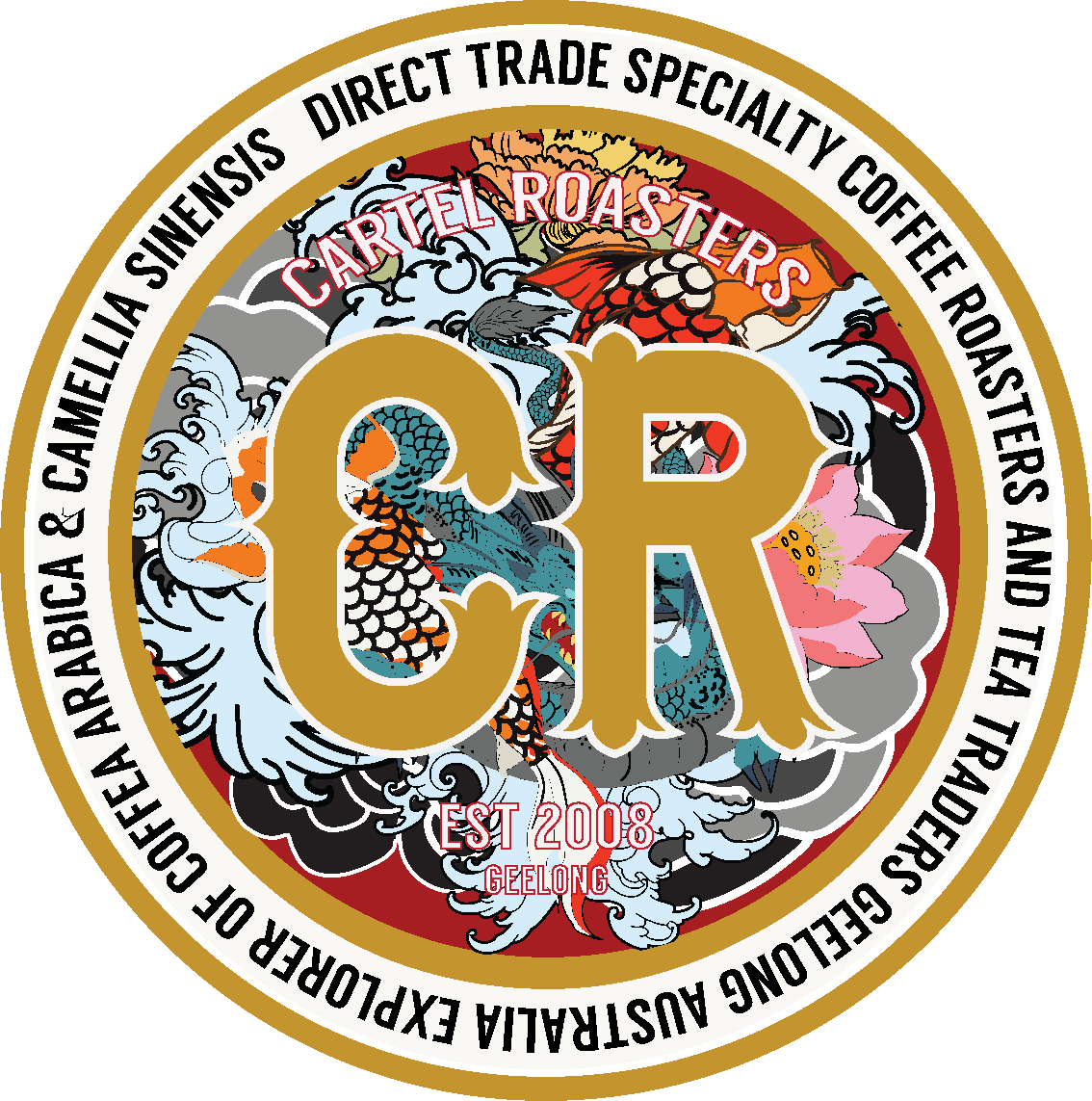Processing coffee is a big thing, and it’s extremely important in determining how the coffee comes out as a finish product. We use the word “processing” to refer to every stage of the coffee making process – from harvesting the coffee cherries by hand-picking them off the plant, to the time when the coffee beans are finished off so that they can be shipped. The coffee bean is actually a seed inside the coffee cherry, and the cherry fruit must be separated from the bean properly. For this, we can use one of three methods: neutral, semi-washed, and washed.
This is a method that brings out an extroardinarily clean cup, with delicate yet chrisp flavours and a marked acidity to it.In order to bring out the best flavours in the coffee beans being processed, coffee cherries must be separated from the beans as soon as possible after they’ve been hand-picked. Beginning this part of the processing method the day after the cherries were picked can negatively effect the bean’s flavour, so therefore it should always be done on the same day. From here the coffee cherries are washed using vast quantities of water and some very particular equipment, leading to the maximised preservation of the coffee bean’s potentia. The coffee produced by this method is strikingly similar to others of its batch, and green. Very few beans that are determined to be waste product are to be found.
THE WASHED PROCESS:
- Picking the Ripe red coffee cherries
- The cherries are washed. This removes any undesirable excess material, such as dirt and stones
- The pulping stage extracts the two coffee beans inside a coffee cherry and removes red skin and fruit pulp. Removed pulp is placed back in the plantation as fertiliser.
- The coffee beans are allowed to ferment in a fermentation box, which increases their roasted flavour via a sequence of chemical reactions.The coffee is washed once again to remove any leftover excess materials from the pulping stage. This washing stage brings the coffee’s moisture level to 57%.
- A final drying stage is used to lower the moisture down to less than 12.5%
DRYING METHODS
The coffee may be dried be mechanical means by a manmade dryer, by the sun, or by both.
When sun-drying is used, the beans are laid out on brick or concrete patios. Sometimes these aren’t available and the beans are instead laid out on netting made of fine mesh wire which is preferable . Frequent turning occurs so that the drying is even all over the bean, and takes anywhere from 8 to 10 days to complete. This is of course dependent upon humidity and temperature, both of which can help or hinder this method.
Hot-air drying machines make this process much faster, especially for large coffee farms where many coffee beans require processing at once and there may not be enough patio space to sun-dry all the beans. However, it can be easy to accidentally damage the coffee beans and ruin their cup quality, so monitoring the machines and beans inside them carefully is a necessity.
DRY METHOD:
Jam-like fruit flavours accompany coffees processed using this method, with a heavy body and a strong cup. The method is also known as “neutral”, and as one of the most dated methods around, does not necessitate the use of much machinary.
In the dry method, the entire hand-picked coffee cherry is dried. This process has a number of differences depending on which group of people is carrying out the task, what facilities can be used, and the entire plantation’s size.
- Sorting must first take place in order to eradicate any damaged, unripe, or otherwise defective cherries. Since the cherries are not washed in the same way as they are in the wet method, excess waste like soil and twigs is usually removed by hand using a seive. If a washing channel is available, however, the cherries can be floated in it and the excess can be removed in this way.
- As with the wet method, he coffee is then dried – however, the fruit is still covering the beans in the dry method. Even drying may only be assured by turning the coffee regularly. Because the beans are still covered by their protective layer of cherry it can take much longer for the coffee to reach the goal of a moisture level of less than 12.5% – up to four weeks, depending on the weather. Larger farms and plantations may consider machine-drying after the coffee has rested in the sun for a few days, in order to make the process overall less time-consuming.
- After the cherries have properly dried, they are then held by large coffee silos and sent to a mill. The mill will hull, sort and grade the coffee, and the hulling process will remove the fruit.
“It is very important that even drying takes place. This prevents broken beans caused by over-drying (which are considered deffective and not included in a batch) and over-moistened beans, which are prone to both breaking down and harboring bacteria and fungus The dry method often isn’t feasible in places where rainfall is common during ”
PUPLED NATURAL / HONEY PROCESS:
This processing method produces balanced and sweet coffees, taking the best from both worlds; they are uniform and far cleaner than natural drying, but are less thin and have a lower acidity than what the wet processed provides.
After going through the pulping machinery, the coffee is dried on parchment, like with the wet method.
You can produce a particular type of coffee called Honey Coffee by washing the beans less, thus keeping the protective mucilage on the bean. For this method you also need to leave out the fermentation stage, so that silverskin is not removed. As the mucilage has a lot of sugar this produces very sweet coffee with beautiful honey qualities. The beans can literally ooze this substance during the drying process.
Brazil is particularly famous for this method, as it was one of the first countries to produce honey coffee, and is renowned the world over as having some of the best natural pulped coffees. However, this process may only be used in countries with low humidity, as the coffee must be quickly dried for optimum results.
WET HULLED/SEMI WASHED:
Many prized coffees are produced through this method. It results in an earthy, rustic cup, often also coming with an aroma of sweet chocolate and a pleasant earthiness.
Rustic and earthy the semi washed/wet hulled method compliments many of the unique characteristics of the prized coffees of Asia and the Pacific. Wet hulled coffees tend to be the single malt whiskies of the coffee world- often peaty and earthy with chocolate aromatic notes.
This processing method has two names – either “wet hulled” or “semi washed”. Drying occurs marginally in this process until the outer layer of the coffee bean has been stripped by it. A green bean is then exhibited with a marked whiteness covering its surface. More drying finally takes place on a drying patio (or dirt of a patio is not available).First the coffee is stripped of the fruit pulp until only the mucilage layer is left. The coffee is left to dry after this for only two or so hours, before it is hulled and then dried.This processing method is found almost exclusively in sumatra, where entire communities of coffee collectors, producers and farmers have formed basing their trade off this processing method.

